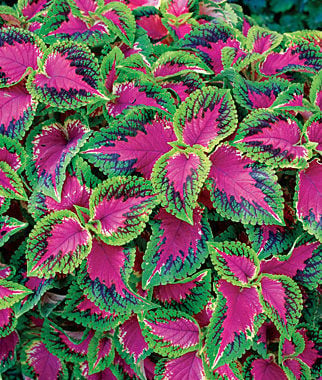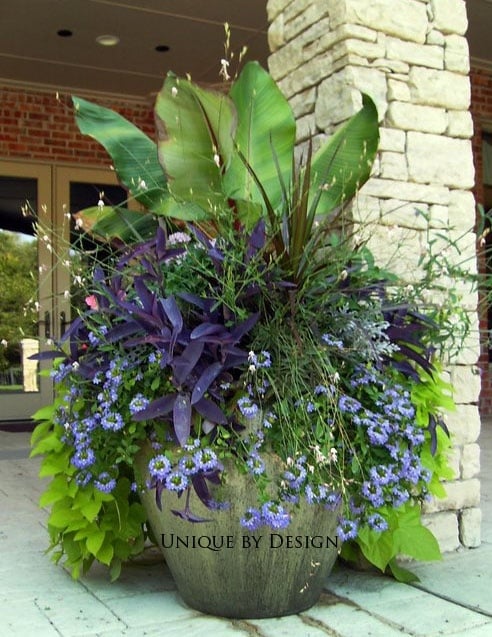
I brought the houseplants in from the garden late this year (thank you, weather gods, for a warm October with no freezing nights). As I did it, I was creating holiday gifts, without ever going near the stores where glittery Santas are swiftly replacing glittery pumpkins. I know several people who’ve recently moved, and I’m simply going to give them plants.
It’s surprisingly easy to multiply many common houseplants from cuttings, especially if you have a conservatory or a light setup where you can give the plants a warm, well-lit place for a few weeks.
Many plants will root from cuttings in a jar of water. But if you’re going to give them as gifts, you might as well go ahead and do it in potting mix. This is an ideal way to reuse the pots you’ve accumulated from gift plants you’ve received over the years. If you’re putting a new plant in the pot, it doesn’t count as regifting.
Make sure to use a pot with a hole, not a decorative cache-pots with no drainage. If water sits around the cuttings, they’ll rot, not root. To make sure the soil drains well, I like to add a couple of handfuls of perlite to regular soilless potting mix. Most potting mixes have some slow-release fertilizer, so I don’t add more. I water the mix and let it drain so it’s moist when I insert the cuttings.

For plants such as coleus (Watermelon Coleus is perfect for holidays) and purple heart vine, I trim a 7- or 8-inch piece of stem with a growing tip. Using clean, sharp scissors or pruners, I remove all the leaves except about three at the growing end. I try to include two leaf nodes—places where leaves were attached—because that’s where the plant will send roots out into the soil. I use a pencil or chopstick to make a hole in the potting mix. Then I make a clean cut just below a leaf node, insert the cutting in the potting mix, and firm it around the stem.
If I remember, I will sometimes dip the cut ends of stem cutting in rooting hormone powder. It does help them root faster, but it’s not essential.
I’ll insert several cuttings in a 6- or 8-inch pot. Most of them will root, so in six weeks, at gift-giving time, I’ll be giving a nice, full little plant. In a couple of years the cluster of plants will need to be divided—but that will be the giftee’s job.
The cutting technique also works well with trailing tropical plants such as pothos, zebrina, and Swedish ivy. These plants have little nubbins along the stems that will send out roots if a stem reaches the forest floor. When I bring my trailing houseplants in, they’ve usually grown into big, tangled masses of stems. I trim them back somewhat and use those trimmings that have obvious root bumps to make more plants.
The main things the plants need are room-temperature warmth, evenly moist soil and light. Since this is the time of year when plants are normally slowing their growth, not making new roots, they need an extra light boost to provide energy. I give them 12 to 16 hours of light a day, using the same use the same light setup I’ll use in spring for my tomato seedlings.
A little time, a little watering, a little primping, and a ribbon, and I have a living, homemade gift! Well, I didn’t exactly make it, but I helped.


